Local leadership, national impact: Weasel Solar Farm secures development approval
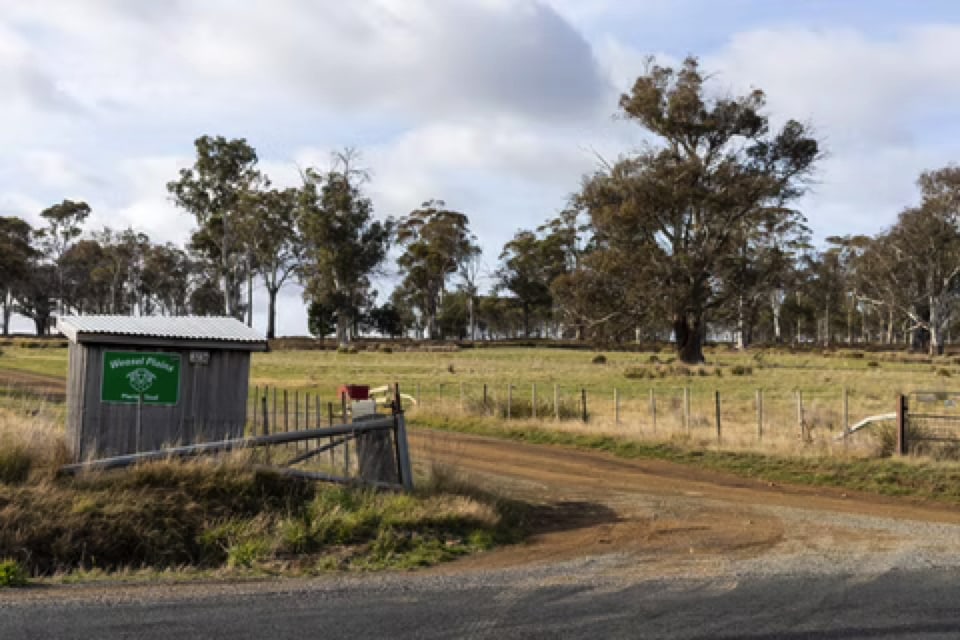
The Weasel Solar Farm has the green light, beginning a bold new chapter for Tasmania’s energy future.
Development approval has been secured for the Weasel Solar Farm, a 250-megawatt solar and battery project located in Bothwell, 76 kilometres north of Hobart. With around 4,000 solar panel arrays and a 144MW / 576MWh battery energy storage system, the project is one of the most significant regional renewable developments in Tasmania to date.
Led by local landowner Peter Downie and developed in partnership with Alternate Path and Gamuda Australia, the project reflects a new model for regional energy development—one that puts local insight, environmental stewardship, and long-term community benefit at its centre. This is the first of many milestones in this new and exciting partnership.
Alternate Path has provided strategic support and structuring advice from the outset, helping to turn a landowner’s ambition into a fully scoped, investment-ready project. From shaping the commercial delivery framework to aligning stakeholders and guiding the proposal through the approval process, Alternate Path’s role has been central to moving the Weasel Solar Farm forward with clarity and certainty.
The development application was prepared by Cogency Australia, climate-focused planning and engagement consultants. Their work ensured the proposal responded to the unique characteristics of the site while meeting Tasmania’s planning and environmental standards. The Council’s Officer Report recommended approval, and the final permit includes conditions such as the requirement to submit a Traffic Management Plan and Engineering Design Plans prior to construction.
Weasel Solar is the first project in the Central Tasmania Energy Portfolio, which also includes the proposed Cellars Hill Wind Farm. Together, they represent 550 megawatts of generation capacity and up to 600 megawatts of storage—forming a key part of the broader Highlands Renewable Energy Hub.
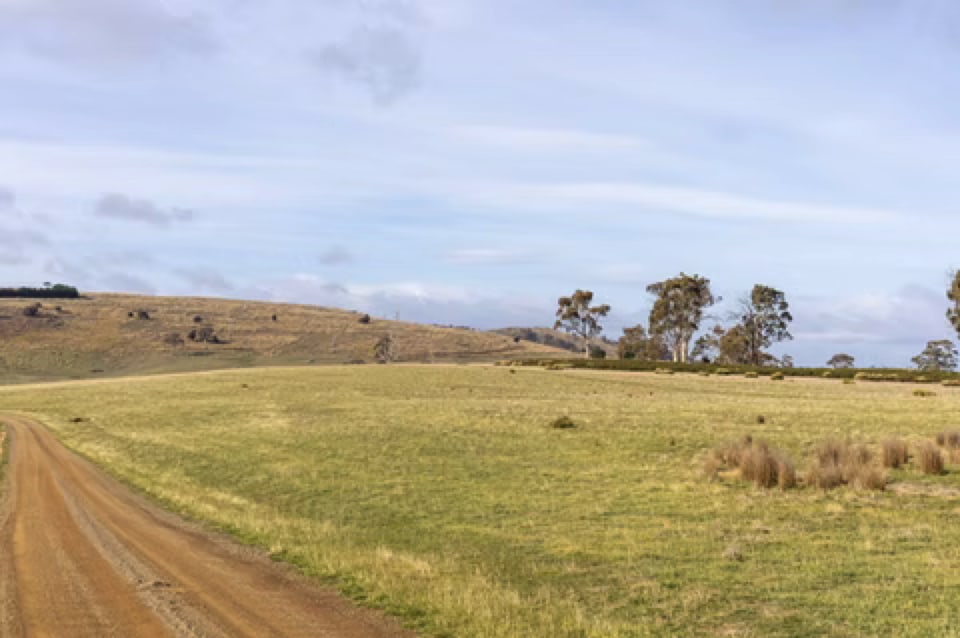
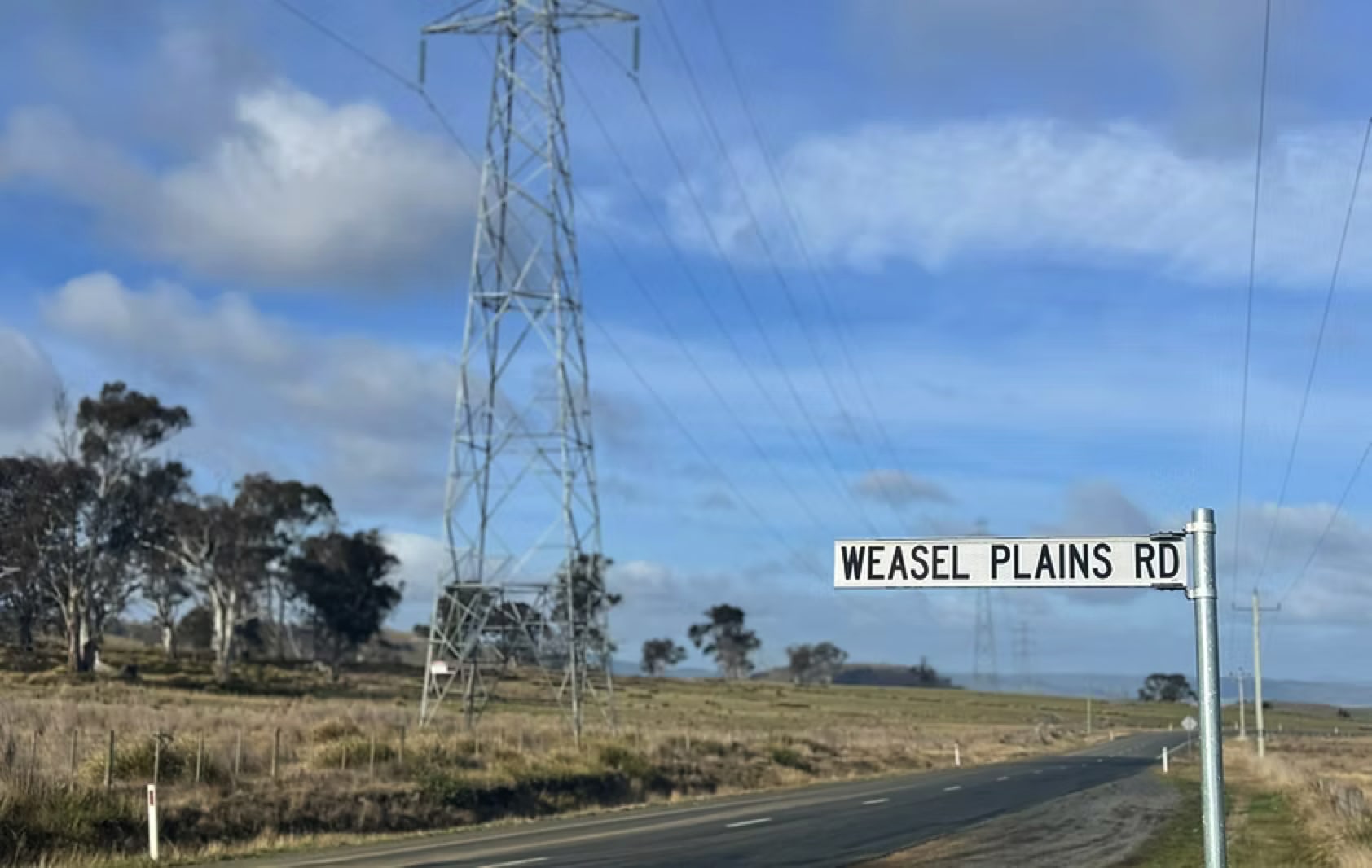
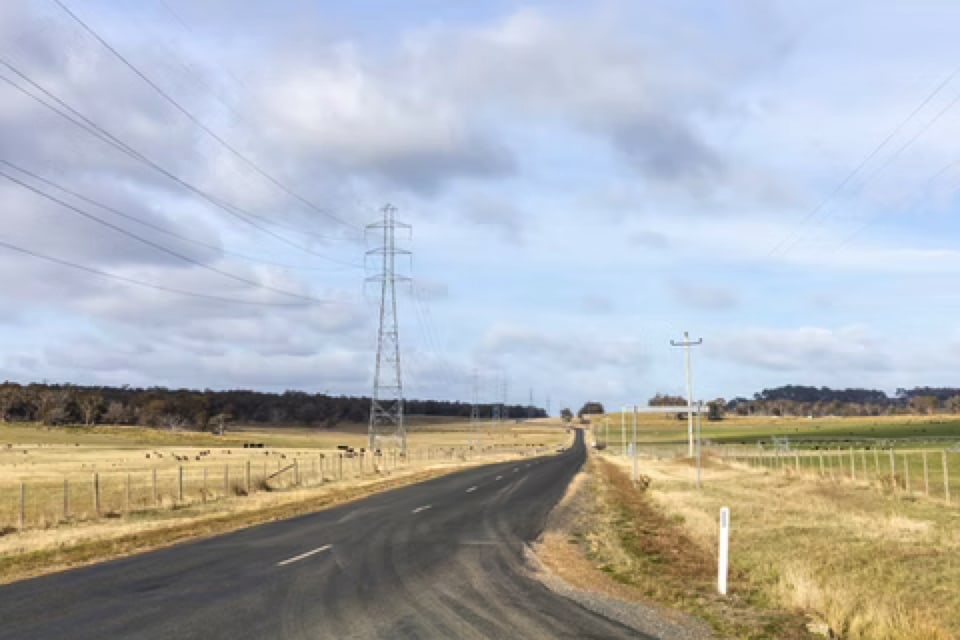
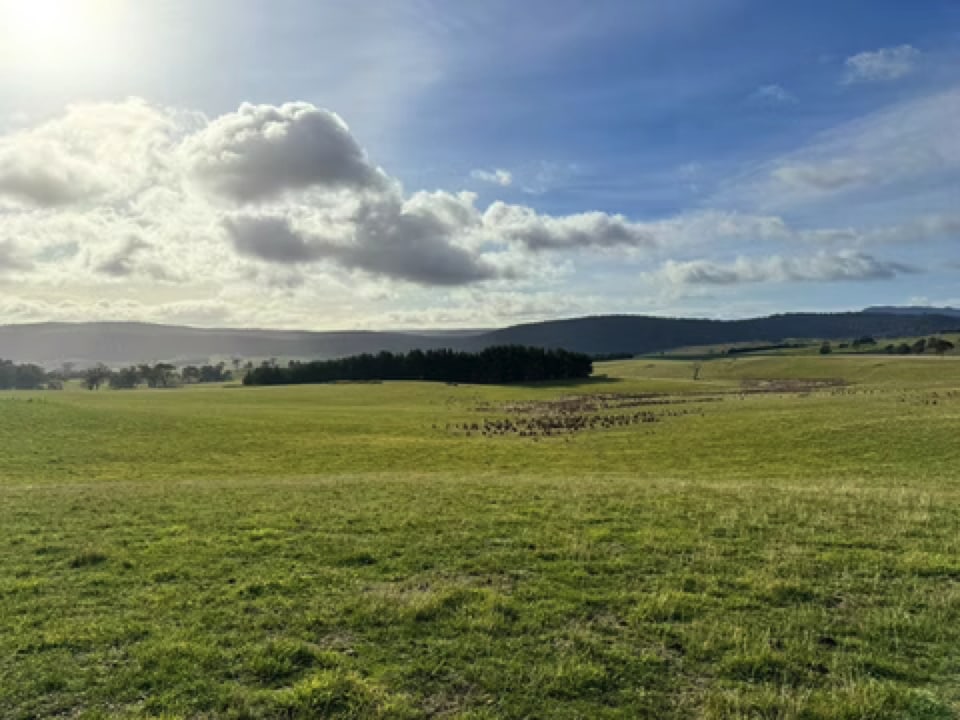
“This is a great example of what happens when experienced project planning is combined with local leadership,” said Andrew Clark, Executive Director of Alternate Path. “The Downie family’s deep connection to the land helped shape a proposal that’s practical, community-minded, and future-focused.”
We also acknowledge the forward-thinking approach of the Downie family, whose vision for how their land could contribute to Tasmania’s energy future has underpinned the project from the very beginning.
This approval underscores Alternate Path’s ability to bring the right partners together, align landowner and investor interests, and support the delivery of complex energy projects that deliver real regional value.
Construction is expected to begin following final detailed design and permit condition compliance.
Share
